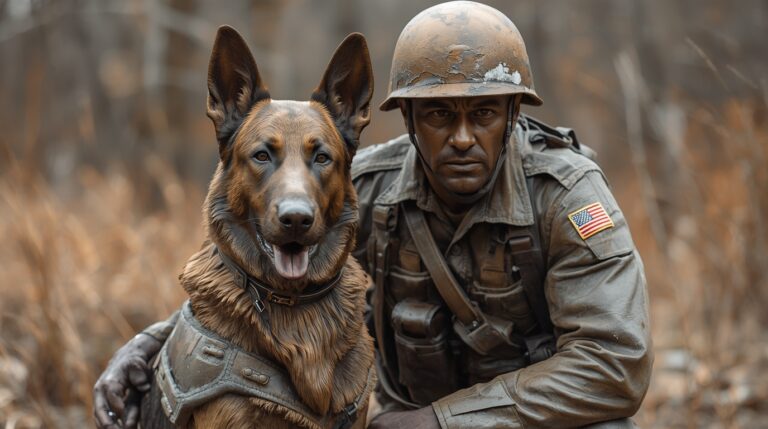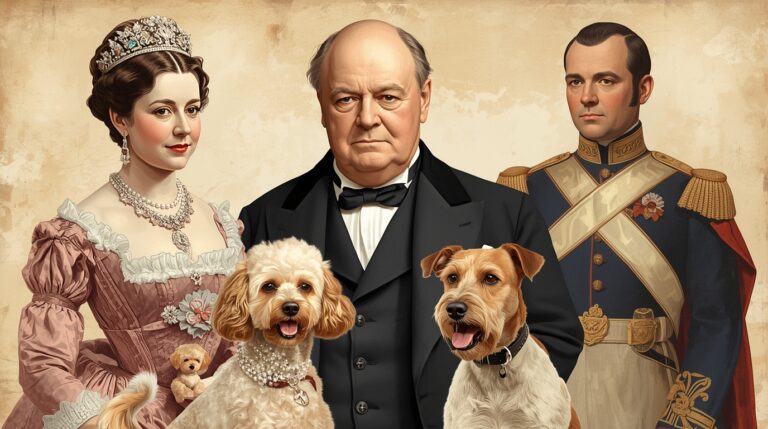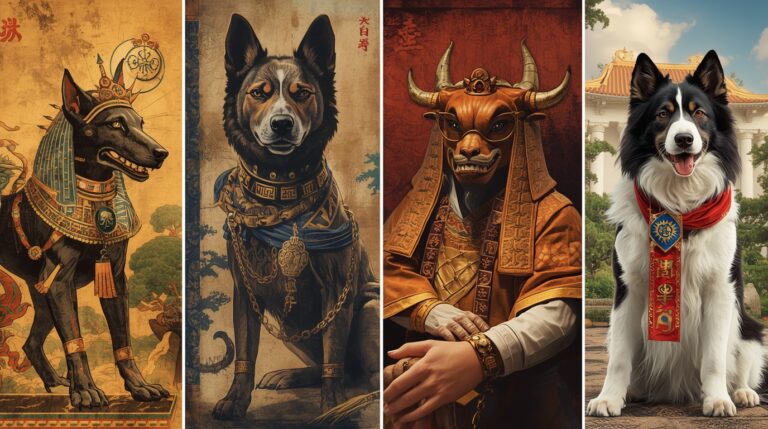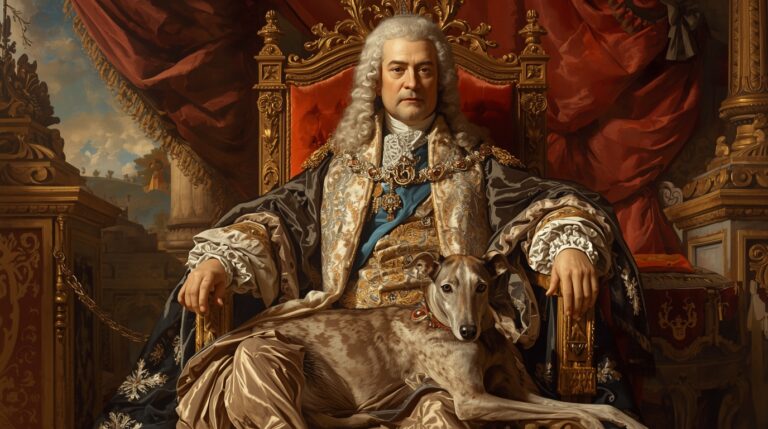Indigenous Dog Breeds and Their Evolution
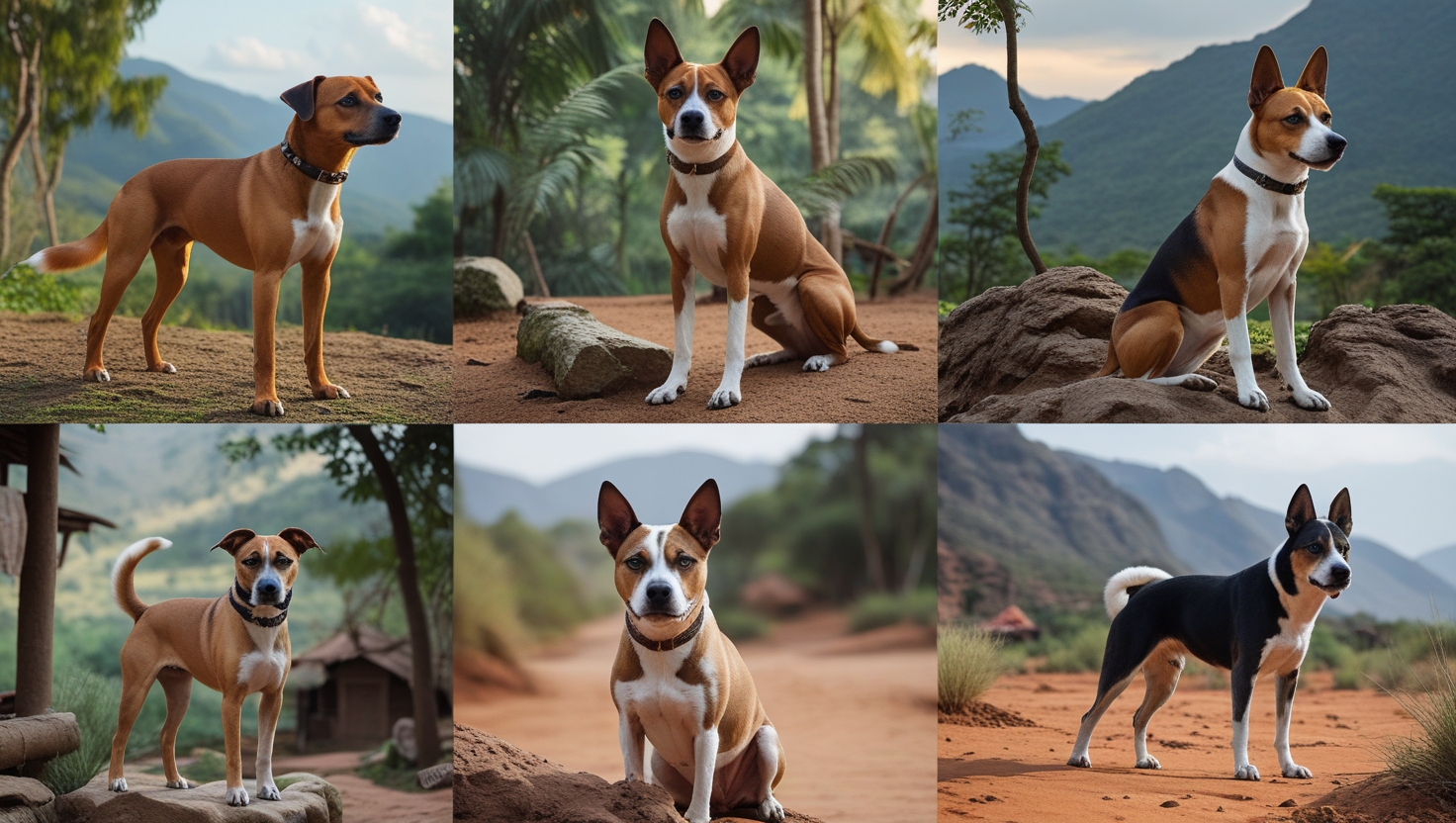
Introduction to Indigenous Dog Breeds
Indigenous dog breeds represent the original, naturally-evolved canines that have adapted to local environments over thousands of years. Unlike designer breeds, these dogs developed without human-directed breeding, shaped solely by natural selection and environmental pressures. Their ancestral instincts, rugged health, and strong survival skills make them unique assets in both urban and rural ecosystems.
The Concept of Landrace and Indigenous Breeds
A landrace dog is a local breed that has adapted over time to specific geographic, ecological, or cultural environments. These genetically diverse breeds retain instinctive behavior such as territoriality, scavenging, and guarding, unlike modern pedigree dogs. Examples include the Indian Pariah Dog, Basenji, and Dingo—all of which have evolved in isolation, retaining ancestral traits.
Historical Background of Dog Domestication
Dogs were domesticated around 15,000 to 40,000 years ago. Early human societies selectively tolerated dogs that offered utility—guarding, hunting assistance, or pest control. Over generations, certain primitive breeds formed organically through natural proximity to humans, especially in nomadic and tribal cultures. These dogs were not “owned” in the modern sense but coexisted with humans in mutual dependency.
Genetic Diversity Among Native Dogs
Indigenous dogs exhibit greater genetic diversity compared to purebred dogs. For example, studies show that the Indian Native Dog shares genetic similarities with ancient East Asian wolves and early domesticated canines. This diversity grants them resilience against genetic diseases, robust immunity, and a wider range of adaptive traits.
Environmental Adaptation and Survival Skills
Indigenous dogs have adapted to hot deserts, humid tropics, high altitudes, and dense forests. For instance, the Kuchi Dog from Afghanistan is built to survive harsh terrains, while the New Guinea Singing Dog is agile enough for rainforest survival. These dogs possess short coats, sharp instincts, and pack mentality that help them thrive without human intervention.
Indigenous Breeds vs Purebred Dogs
While purebred dogs are bred for aesthetics and predictability, indigenous dogs evolve for functionality and survival. Unlike purebreds that suffer from inbreeding-related issues such as hip dysplasia and breathing difficulties, native dogs are naturally selected for health, temperament, and intelligence. They require less grooming, are disease-resistant, and often live longer.
The Role of Natural Selection in Shaping Indigenous Dogs
Natural selection filters traits like disease resistance, intelligence, and mobility. Only the most adaptable dogs survive environmental pressures, creating a strong and stable gene pool. In regions like India, Africa, and Southeast Asia, dogs evolved alongside humans without planned breeding, resulting in primitive dogs that are self-sufficient.
Socio-Cultural Importance of Indigenous Breeds
Indigenous breeds have been symbols of loyalty, protection, and spirituality. In many tribal societies, dogs are not just pets but guardians of livestock, companions in hunting, and sometimes even part of folklore. The Rajapalayam Dog, for example, is known in southern India as a royal war dog, once bred by the Nayakar dynasty.
Asia’s Ancient Guardians: Pariah-Type Dogs
The Indian Pariah Dog, Bakharwal, and Tangkhul Hui are among the oldest surviving native breeds in Asia. These dogs have erect ears, curled tails, and an alert demeanor, ideal for guarding villages and fending off predators. Their independent yet loyal nature makes them excellent working dogs in rural settings.
India’s Indigenous Breeds: Rajapalayam, Kombai, and More
India hosts over a dozen native breeds, including:
- Rajapalayam: Known for its majestic white coat and guarding skills
- Kombai: Fierce protector, traditionally used in hunting
- Mudhol Hound: Graceful, lean, and extremely fast
- Chippiparai: Intelligent and loyal, suited for hot climates
- Bakharwal Dog: A Himalayan guardian used by the nomadic Gujjars
Each of these reflects regional evolution, shaped by climate, utility, and human needs.
African Indigenous Dogs: Basenji and Africanis
Africa’s native dogs showcase remarkable self-reliance and genetic purity. The Basenji is famously “barkless,” using yodel-like vocalizations. The Africanis, prevalent in southern Africa, is a lean, short-coated dog that retains ancient hunting instincts. These breeds are highly resilient, requiring minimal maintenance.
The Dingo: Australia’s Primitive Wild Dog
The Dingo is a striking example of a wild dog that still retains many wolf-like characteristics. Thought to have arrived in Australia 3,000 to 4,000 years ago, Dingoes play an ecological role similar to that of apex predators. They have sharp survival instincts and have learned to live independently in deserts and bushlands.
The Middle East’s Canaan Dog
The Canaan Dog, native to Israel and surrounding areas, is known as the “Dog of the Desert”. It served as a livestock guardian, scout, and messenger. This breed was later standardized in the 20th century but still retains its wild instincts, making it a rare mix of primitive and domesticated behavior.
Southeast Asia’s Kintamani and New Guinea Singing Dog
In Bali, the Kintamani Dog evolved from free-roaming village dogs and is now a recognized breed. Meanwhile, the New Guinea Singing Dog, one of the most genetically distinct dogs, is named for its harmonic howl and vocalizations. These dogs are agile climbers and extremely alert, often living in isolated mountain regions.
Indigenous Dogs of the Americas: Carolina Dog and Hare Indian Dog
The Carolina Dog, sometimes called the American Dingo, was discovered in the Southeastern U.S. and shows traits similar to Asian pariah dogs, supporting theories of prehistoric migration. The now-extinct Hare Indian Dog was used by Native American tribes for sledding and hunting in cold climates.
Behavioral Traits Unique to Native Dogs
Indigenous dogs exhibit behaviors that differ from modern breeds. They are often:
- Wary of strangers
- Highly territorial
- Resourceful scavengers
- Quick learners
- Extremely loyal to a specific family or area
These traits are survival mechanisms honed over thousands of years in unstructured environments.
Health and Immunity in Indigenous Dogs
One of the most valuable traits of indigenous dogs is their strong immunity. They rarely suffer from common dog illnesses that affect purebreds. Studies show they have lower instances of hip dysplasia, skin diseases, and respiratory issues due to wider genetic variance.
Indigenous Dogs in Tribal and Rural Life
In rural landscapes, native dogs serve as:
- Herd guardians
- Night sentries
- Snake hunters
- Scavengers and cleaners
In India, dogs like the Rampur Hound patrol farms. In Africa, Africanis dogs protect livestock from predators. Their integrated role in daily life has been underappreciated but vital.
Conservation Status and Efforts
Many indigenous breeds are now endangered due to crossbreeding, neglect, and preference for foreign breeds. Organizations such as the Indigenous Dog Breeds of India (IDBI) and local NGOs are working on:
- Breed documentation
- Public awareness
- Controlled breeding programs
- Government recognition
Indigenous Dogs in Urban Environments
Despite their rural origins, many indigenous dogs adapt well to cities. The Indian Pariah Dog is increasingly adopted as a family companion due to its low maintenance and affectionate nature. With early socialization, these dogs adjust to urban settings while retaining their alertness.
Challenges to Indigenous Breed Preservation
Preservation is challenged by:
- Lack of breed documentation
- Misinformation and bias against native breeds
- Crossbreeding with strays
- Neglect in rural areas
- Policy gaps in canine welfare
These hurdles demand coordinated efforts from governments, breeders, and animal welfare organizations.
Breed Recognition and Standardization Efforts
Breed recognition involves documenting lineage, traits, and standard behavior. Breeds like Mudhol Hound and Rajapalayam have received recognition by the Kennel Club of India. More native breeds need pedigree documentation, registries, and promotional campaigns.
Indigenous Dogs in Modern Media and Pop Culture
Films, documentaries, and social media campaigns now highlight native dog breeds, especially the Indian Pariah Dog. Influencers and activists promote their adoption, helping reshape public opinion. Campaigns like “Adopt Indian Dogs (AID)” are shifting attention from foreign breeds to native heroes.
Comparative Analysis: Indigenous vs Exotic Breeds
| Feature | Indigenous Dogs | Exotic Breeds |
| Health | Strong immunity | Prone to genetic diseases |
| Adaptability | High | Needs climate-specific care |
| Grooming | Minimal | Moderate to high |
| Temperament | Alert, independent | Depends on breed |
| Cost | Low maintenance | Expensive to own |
Future of Indigenous Breeds in a Globalized World
Global awareness is slowly increasing, but the future of indigenous breeds depends on:
- Widespread education
- Cultural pride in native breeds
- Government policies for registration and welfare
- Adoption drives and incentive programs
By preserving these dogs, we are also preserving a part of human history that co-evolved with us through millennia.

